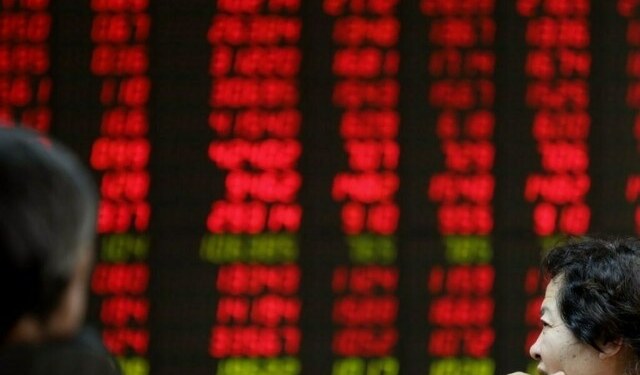CHICAGO: US wheat futures surged over 3 percent on Tuesday after the U.S. Department of Agriculture slashed its estimate for production in top exporter Russia.
Corn futures jumped more than 2 percent while soybeans notched more modest gains in the wake of the monthly USDA supply and demand report at midday. The agency also lowered its forecasts for U.S. corn and soy ending stocks for the 2018/19 crop year that begins on Sept. 1.
Prices for all three commodities recovered from recent steep declines, with soybeans rebounding from a roughly 10-month low.
“We went into this report with a lot of liquidation going on, technically oversold; you were kicking the dog. Now you’ve got a report that is a little bit friendly, a relief rally and also weather on the backdrop,” said U.S. Commodities analyst Don Roose.
“What it means is, we’re adding risk premium to the market in case we get weather problems in the next couple weeks,” Roose said, adding that hot weather could hurt corn and soy crops during the U.S. growing season.
The USDA late on Monday reduced good-to-excellent crop condition ratings for the corn and soy crops by 1 percentage point, but the ratings still are some of the best in years while weekend rainfall in the Midwest also benefited crops.
Chicago Board of Trade July corn was up 10 cents at $3.77-1/4 per bushel and CBOT July soybeans were up 6 cents at $9.59-3/4 as of 11:58 a.m. CDT (1658 GMT).
CBOT July wheat gained 19 cents to $5.33-1/2 per bushel, on pace for the biggest daily percentage increase since May 18.
The USDA raised its estimate of all U.S. wheat production for 2018/19 by 6 million bushels to 1.827 billion bushels but it cut its Russia wheat harvest estimate to 68.50 million tonnes from 72.00 million tonnes.
“I don’t think anyone was looking for a 3.5-million-tonne drop in Russia (wheat production). I would buy wheat on that, too,” said Price Futures Group analyst Jack Scoville.
Grains prices had firmed prior to the report’s release, gaining in part as the U.S.-North Korea summit in Singapore stoked expectations of easing trade tensions between the United States and China, potentially boosting exports.
Source: Brecorder
























